5 great tools built into Windows
With 5 tools to be introduced below, you can perform calculations or convert units, customize the system, quickly open applications or even use the same command line interface on Linux operating systems. .
- How to remove unused software
- How to add a desktop icon?
- How to switch to Vietnamese interface for Windows 7
Calculator application
Calculator Calculator application is no stranger to most Windows users. Besides the 4 basic calculations " addition and subtraction ", the application also has many advanced features but is less known. For example, the " Programmer " mode is designed specifically for users who specialize in complex calculations.
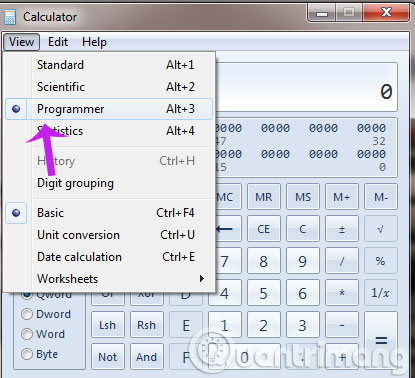
Another useful feature of the Calculator application is Unit Conversion with the ability to convert units of time, capacity, pressure, temperature and some other popular units of measurement. Besides, you can also calculate the number of days between two times as many as days to Christmas or your own birthday.
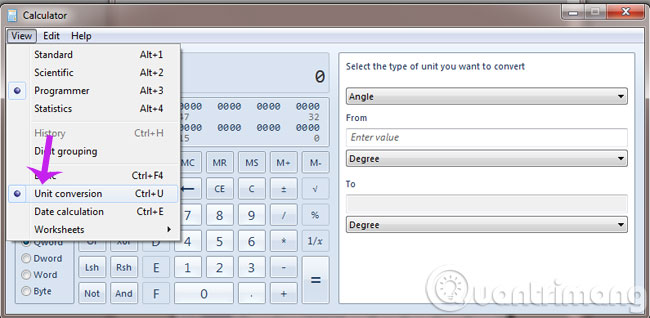
In addition, the Calculator app also allows you to fill in to calculate bank payments, rent each month or the amount spent to buy fuel for your car. These are not the functions you need every day but are certainly powerful alternatives compared to performing manual calculations.
Control Panel control panel
Control Panel is probably not an attractive place for universal computer users, but it provides many useful features to customize the system for Windows professionals.

In short, whenever you need to remove a program, edit firewall parameters, choose the default application for file formats, change the way mouse and keyboard work or handle problems. System threads, Control Panel is the place to do these things. Note that in Windows 10 , the Control Panel has been replaced with the Settings application. Press the Windows + I key combination to open Settings in this latest Windows version of Microsoft.
System Tray system tray
Most Windows users are quite familiar with the Taskbar taskbar. Integrated right to the right of the Taskbar is the System Tray system tray ( also known as Notification Area notification area ). This is where the collection of program icons is running in the background on the computer.
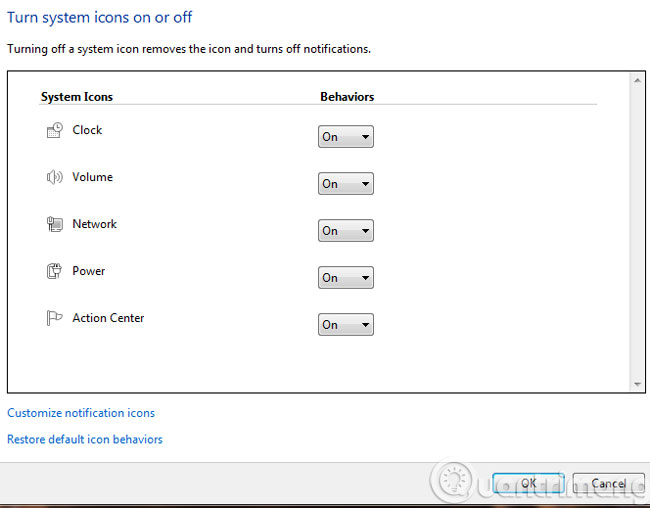
The number of icons in the System Tray will depend on the programs you allow to run. For example, the antivirus program will automatically notify you whenever a new update is available or when threats are detected, while the cloud storage service will display a notification when a file is changed. and update.
If you feel that System Tray has too many application icons, you can perform a cleanup by going to Control Panel > Notification Area Icons and clicking on the " Turn system icons on or off " link. In the window that appears, select On or Off in each item to enable / disable the display of a corresponding icon.
Run dialog box
The Run dialog is a hidden component in Windows' Start Menu menu. This is a place for you to quickly run a system application or to open a folder / file. The Run dialog box is also a place where you can quickly open a component in Control Panel without having to do a lot of clicks.
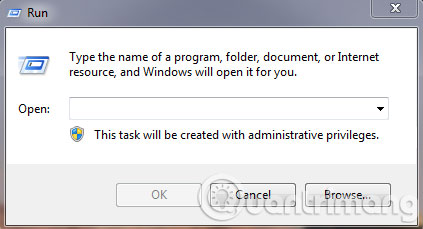
Simply press the Windows + R key combination, the Run dialog box will appear so you can quickly enter the program name, folder or file to open. In general, for people who use keyboards and shortcuts, the Run dialog is a great alternative and is much simpler than the mouse click.
Command line
Command Prompt is also a feature that is less commonly known to ordinary users but only for professionals. Although the Windows operating system is designed to focus heavily on the graphical interface, the Command Prompt command line is still a "repository" that provides many system features for professional users.
To access the Command Prompt command line in Windows, first press the Windows + R key combination to open the Run dialog box, then enter the cmd command and press Enter .
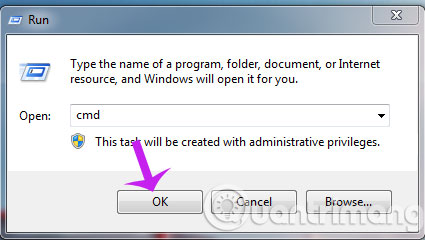
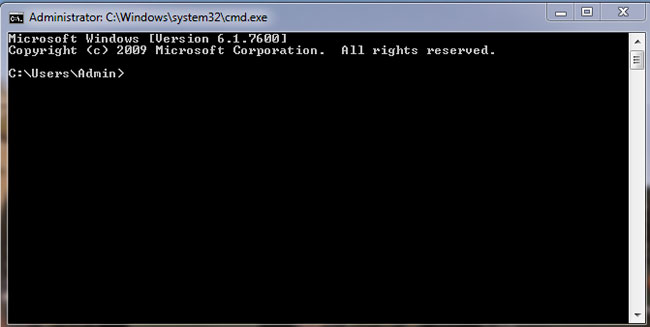
When you see a window with the same black interface as the previous DOS command screen, you can start importing commands as you like.
Having fun!
You should read it
- 4 ways to return to the previous version of Windows 10 without losing data
- How to use Command Prompt to manage wireless networks on Windows 10?
- Control Panel will soon disappear on Windows 10
- Use the Command Prompt to add or delete User accounts
- How to add or remove Control Panel from Navigation Pane on Windows 7
- Instructions to disable Control Panel on Windows 7
 Learn about the Windows Registry - Part I
Learn about the Windows Registry - Part I Turn off Autoplay in Windows 10, XP
Turn off Autoplay in Windows 10, XP New highlights on Windows 10
New highlights on Windows 10 Minimum configuration for running Windows 10
Minimum configuration for running Windows 10 Please read the Windows 10 Technical Preview download
Please read the Windows 10 Technical Preview download How to install Windows 10 Technical Preview
How to install Windows 10 Technical Preview